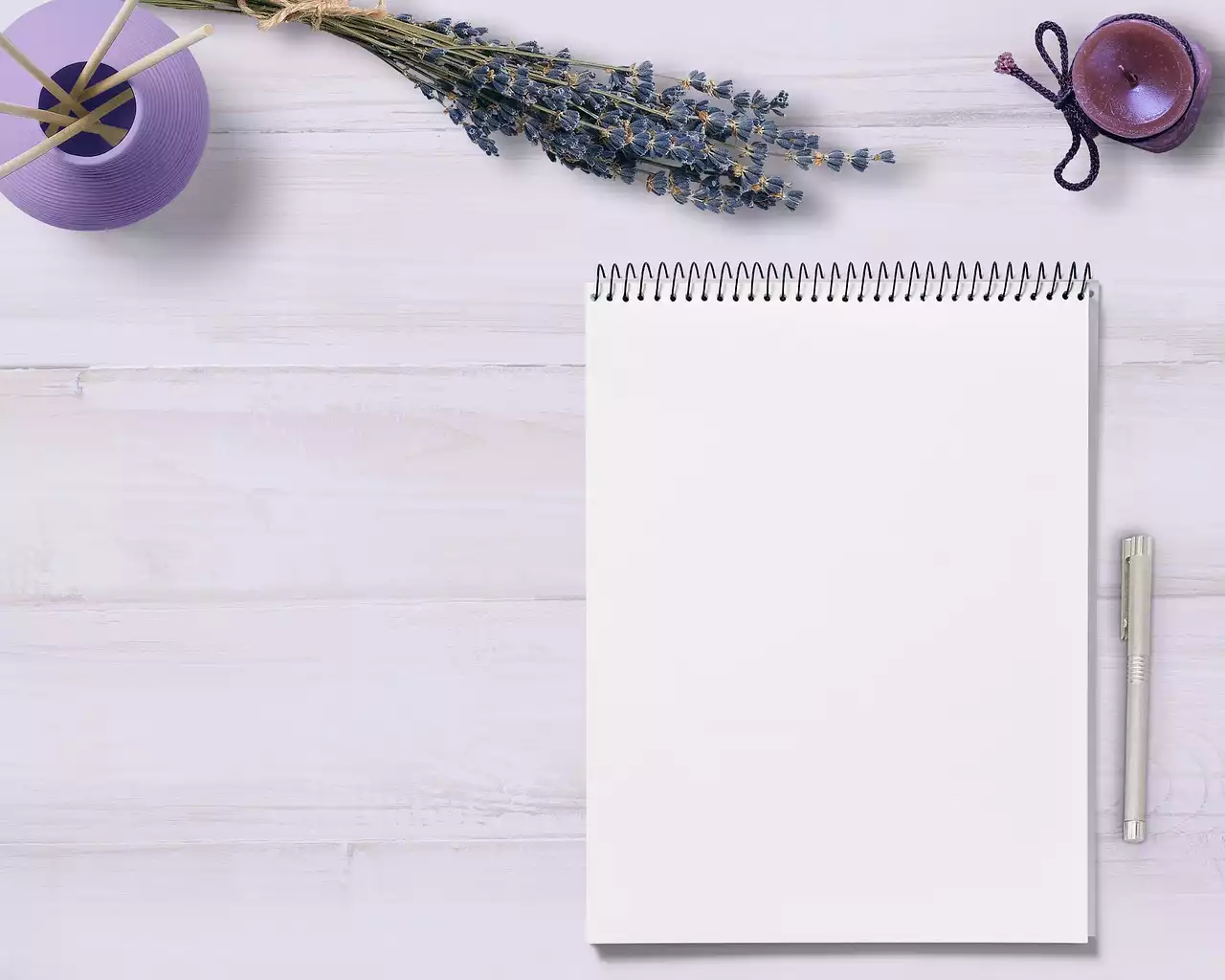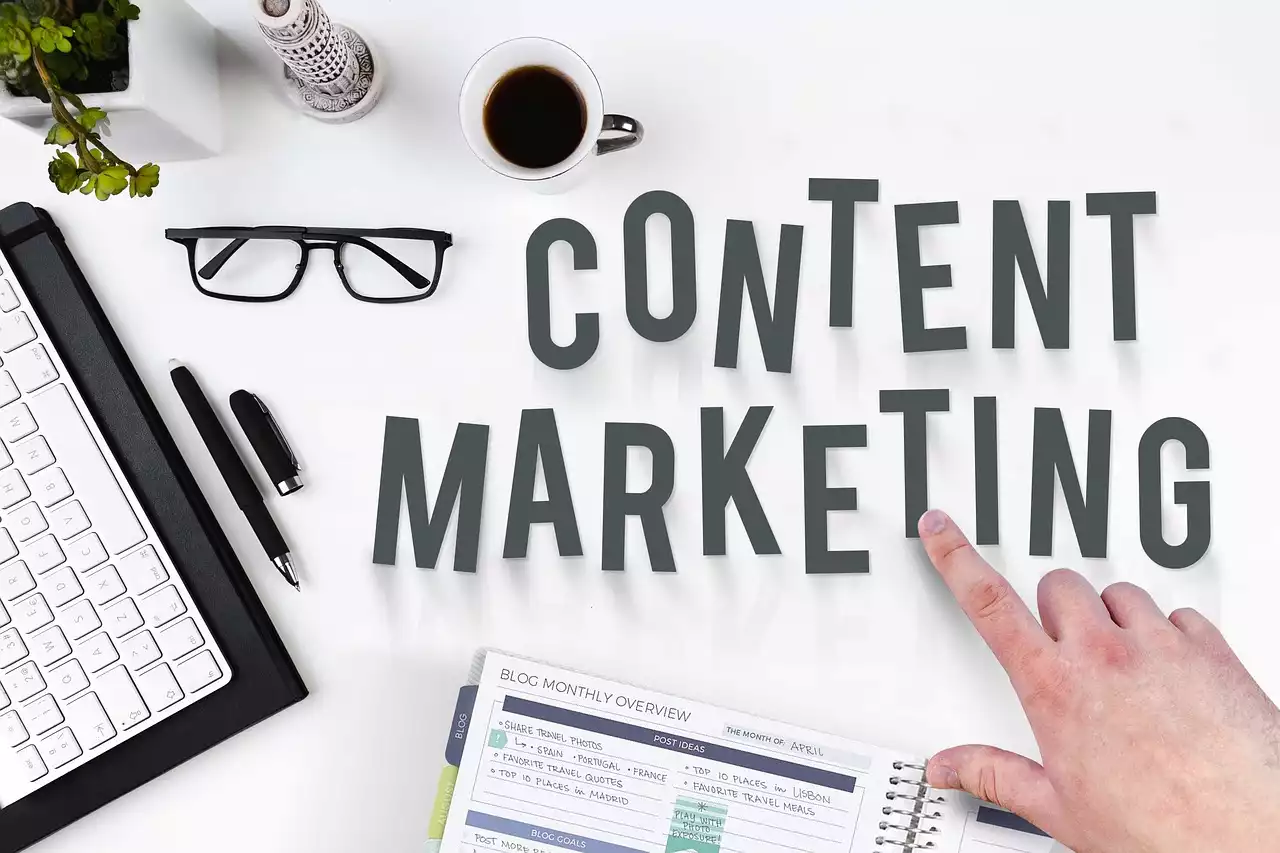Catchy headlines and opening paragraphs
The headline and opening paragraph of your blog post are the first things that your readers will see. The headline should be catchy and attention-grabbing, and it should give your readers an idea of what your post is about. Your opening paragraph should be equally engaging and should entice your readers to keep reading. Here are some tips for creating great headlines and opening paragraphs:
1. Use numbers and statistics
Using numbers and statistics in your headline can make it more specific and impactful. For example, "10 Proven Strategies for Boosting Your Website Traffic" is more compelling than "Ways to Boost Your Website Traffic."
2. Ask questions
Asking a question in your headline can pique your readers' curiosity and encourage them to keep reading. For example, "Do You Want to Double Your Social Media Followers? Here's How" is more engaging than "How to Get More Social Media Followers."
3. Use strong adjectives
Using strong adjectives in your headline can make it more emotional and impactful. For example, "The Ultimate Guide to Mastering Productivity" is more compelling than "A Guide to Productivity."
4. Provide a solution
Your headline should provide a solution to a problem your readers may have. For example, "5 Ways to Overcome Writer's Block and Write More Content" is more helpful than "Dealing with Writer's Block."
Engaging and informative content
Once you've grabbed your readers' attention with your headline and opening paragraph, the content of your blog post must be engaging and informative. Here are some tips for creating engaging and informative content:
1. Know your audience
Understanding your audience is crucial to creating content that resonates with them. Research your audience's interests, pain points, and needs so that you can create content that is relevant and valuable to them.
2. Use storytelling
Using storytelling in your blog post can make it more relatable and engaging. Use anecdotes and examples to illustrate your points and make your content more entertaining.
3. Keep it concise
Your blog post should be concise and to the point. Avoid rambling or going off-topic, and make sure that your content is easy to read and understand.
4. Use visuals
Including visuals such as images, videos, and infographics can make your content more visually appealing and help to break up large blocks of text. Visuals can also help to illustrate complex ideas and make them easier to understand.
Proper use of keywords and SEO optimization
SEO for Beginners: Rank #1 In Google (FAST)
Proper use of keywords and SEO optimization is crucial to increasing the visibility of your blog post and attracting more traffic to your website. Here are some tips for optimizing your blog post for SEO:
1. Use relevant keywords
Use relevant keywords in your blog post that your target audience is searching for. Use tools such as Google AdWords Keyword Planner or SEMrush to find relevant keywords.
2. Use keywords in your title and headings
Include your keywords in your title and headings to make your content more visible to search engines.
3. Use internal and external links
Including internal and external links in your blog post can improve your search engine ranking and provide your readers with additional resources and information.
4. Use meta descriptions
Use meta descriptions to provide a brief summary of your blog post that will appear in search engine results pages. This can entice readers to click on your post and read more.
Calls-to-action and social sharing options
Including calls-to-action and social sharing options in your blog post can help to increase engagement and drive traffic to your website. Here are some tips for including calls-to-action and social sharing options:
1. Include a call-to-action
Include a call-to-action at the end of your blog post to encourage your readers to take a specific action, such as signing up for your newsletter or downloading a free resource.
2. Use social sharing buttons
Include social sharing buttons on your blog post to make it easy for your readers to share your content on social media.
3. Encourage comments
Encourage your readers to leave comments on your blog post by asking for their opinions or feedback. This can increase engagement and provide valuable insights for future content.
Formatting and structure of a great blog post
The formatting and structure of your blog post are just as important as the content itself. Here are some tips for formatting and structuring your blog post:
1. Use subheadings
Use subheadings to break up your content and make it easier to read. Subheadings can also help to improve your search engine ranking.
2. Use bullet points and numbered lists
Using bullet points and numbered lists can make your content more scannable and easier to read.
3. Use short paragraphs
Keep your paragraphs short and concise to make your content more digestible and easy to read.
4. Use a clear and readable font
Use a clear and readable font that is easy on the eyes, such as Arial or Times New Roman.
Common mistakes to avoid when creating a blog post
There are several common mistakes that bloggers make when creating a blog post. Here are some mistakes to avoid:
1. Writing for search engines instead of readers
While SEO is important, it's crucial to remember that your content should be written for your readers, not just for search engines.
2. Neglecting formatting and structure
Neglecting the formatting and structure of your blog post can make it difficult to read and less engaging for your readers.
3. Failing to proofread
Failing to proofread your blog post can lead to spelling and grammatical errors that can undermine your credibility and authority.
4. Not promoting your blog post
Promoting your blog post is just as important as creating it. Make sure to share your post on social media and other channels to increase its visibility.
Examples of great blog posts and what makes them successful
There are several great blog posts that have been successful in engaging and informing readers. Here are some examples and what makes them successful:
1. "The Ultimate Guide to Starting a Successful Blog" by ProBlogger
This blog post is successful because it provides a comprehensive guide to starting a successful blog, including tips on choosing a niche, creating content, and monetizing your blog.
2. "10 Tips for Writing the Perfect About Me Page" by The Blog Market
This blog post is successful because it provides actionable tips for creating a compelling About Me page, including using storytelling and including a call-to-action.
3. "How to Create a Social Media Marketing Plan from Scratch" by Hootsuite
This blog post is successful because it provides a step-by-step guide to creating a social media marketing plan, including tips on setting goals and measuring success.
Tools and resources for creating great blog posts
There are several tools and resources available that can help you create great blog posts. Here are some of the best:
1. Grammarly
Grammarly is a tool that can help you to improve your writing by identifying spelling and grammar errors.
2. Canva
Canva is a tool that can help you to create visually appealing images and graphics for your blog post.
3. Yoast SEO
Yoast SEO is a plugin for WordPress that can help you to optimize your blog post for SEO.










